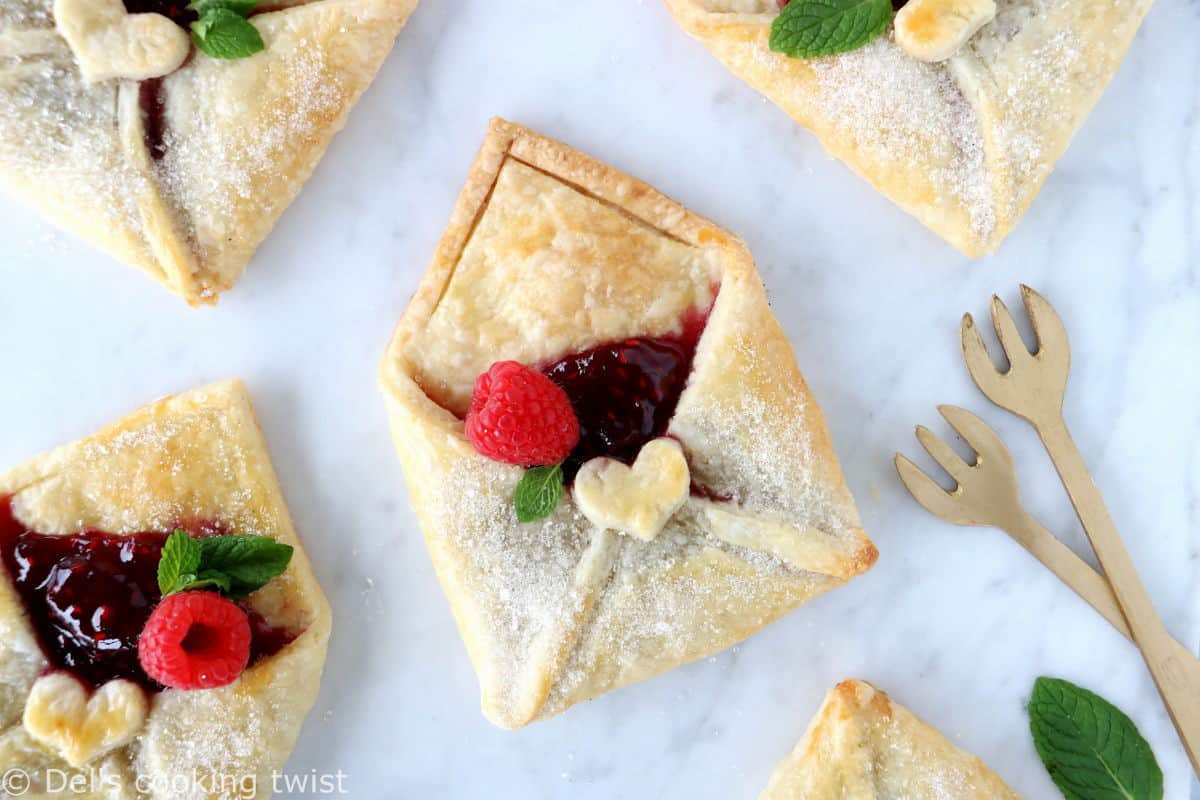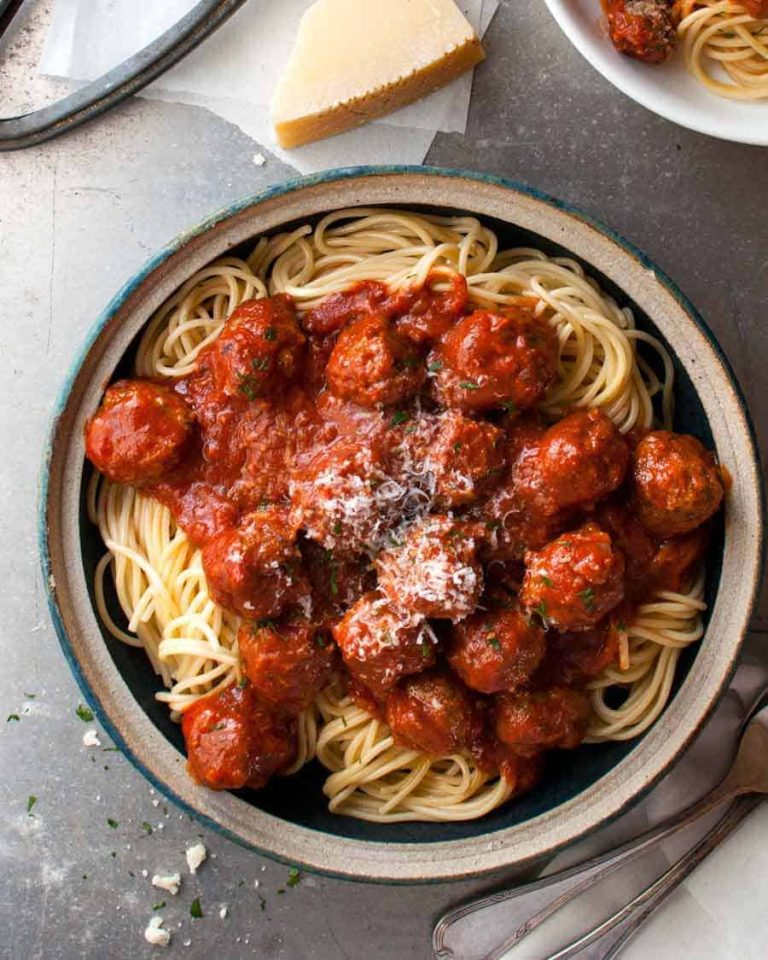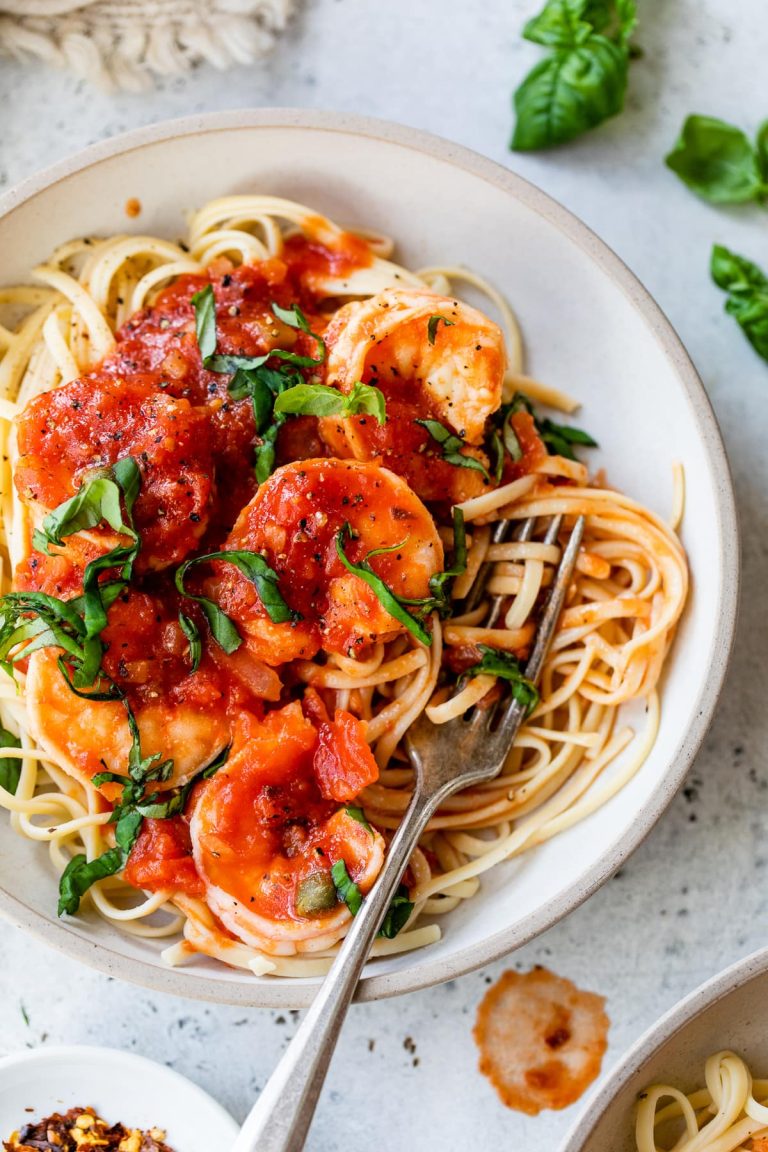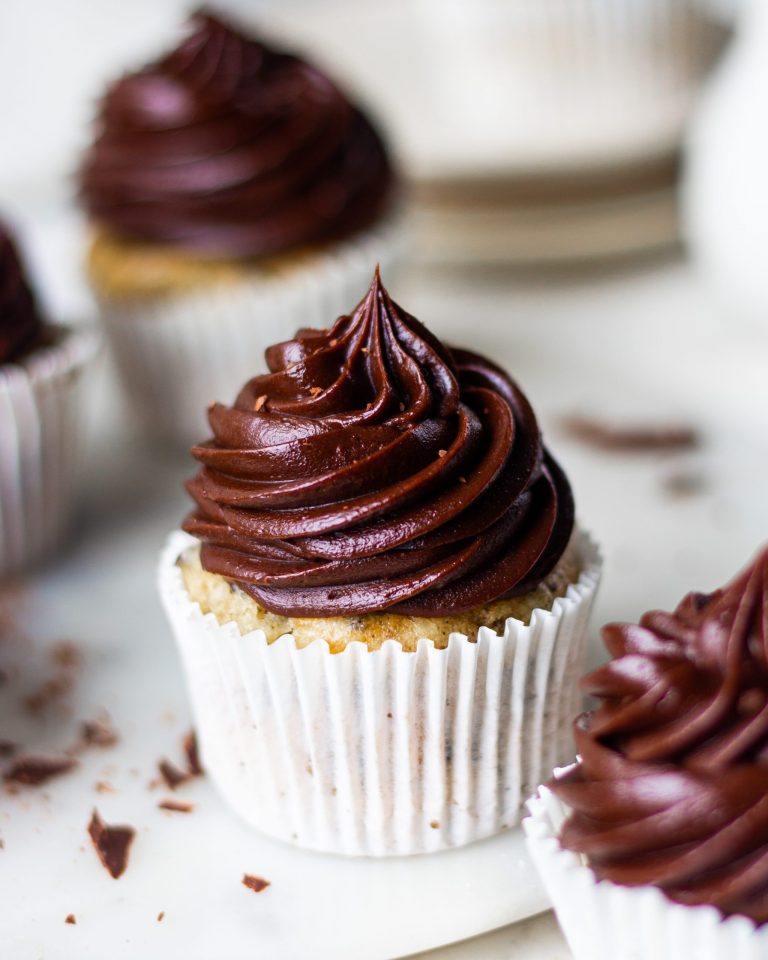Raspberry Pie: Tips, Recipes, and More
Raspberry pie’s origins date back to the early European settlers who brought their pie-making traditions to America. Raspberries, native to both Europe and North America, soon became a favored choice for pie fillings due to their accessibility and rich flavor. Early settlers prized raspberries not only for their sweetness but also for their medicinal properties. Native American cultures valued raspberries, incorporating them into their diet and remedies. The combination of European pie-making techniques and native raspberries led to the creation of raspberry pie, now a staple in American desserts, especially during summer months when raspberries are in season.
Evolution of Recipes
Over centuries, raspberry pie recipes have evolved, reflecting changes in culinary practices and ingredient availability. In the 1800s, traditional recipes used simple ingredients like flour, sugar, and fresh raspberries, often without precise measurements. As baking techniques advanced, recipes became more structured, incorporating eggs, butter, and various thickeners like cornstarch or tapioca to perfect the pie’s consistency. Modern recipes offer diverse variations, from lattice and crumble-topped pies to those enriched with almond or lemon notes, providing endless possibilities for bakers to personalize their raspberry pies while preserving the original essence. This evolution highlights the adaptability and enduring popularity of raspberry pie in contemporary kitchens.
Key Ingredients in Raspberry Pie
Choosing the Right Raspberries
Selecting high-quality raspberries plays a crucial role in the flavor of your pie. Fresh raspberries should be firm, plump, and deep-colored. Avoid berries that appear mushy or show signs of mold. If fresh raspberries aren’t available, frozen raspberries are a good alternative. When using frozen raspberries, let them thaw and drain any excess liquid to prevent a soggy crust. Raspberries add both sweetness and tartness, making them the star ingredient in your pie.
Crust Variations
A pie’s crust provides the foundation and can greatly affect the taste and texture of the final product. There are different crust options to consider:
- Traditional Pastry Crust: Made from flour, butter, and water, this crust is flaky and complements the raspberry filling well. Ensure the butter is cold to achieve flakiness.
- Graham Cracker Crust: For a sweeter, crunchier option, use graham crackers, sugar, and melted butter. This crust doesn’t require baking before adding the filling, offering a quick alternative.
- Shortbread Crust: Combining sugar, flour, and butter, this rich and buttery crust adds a different texture and flavor, enhancing the overall dessert experience.
These variations allow you to personalize your raspberry pie, matching the character of the filling with an equally compelling base.
Baking the Perfect Raspberry Pie
Step-by-Step Process
First, gather your ingredients: 4 cups of fresh raspberries, 3/4 cup sugar, 1/3 cup cornstarch, 1/4 teaspoon salt, and 1 tablespoon lemon juice. Roll out the pastry crust and place it in a 9-inch pie pan.
Prepare the filling by combining raspberries, sugar, cornstarch, salt, and lemon juice in a large bowl. Mix gently to coat the raspberries evenly. Pour the mixture into the prepared crust.
Cover the filling with a second layer of pastry, or create a lattice top for a rustic look. Crimp the edges to seal and cut slits in the top if using a solid crust.
Preheat your oven to 425°F. Bake the pie in the oven for 45-50 minutes until the crust is golden brown and the filling is bubbling. Let the pie cool for at least 2 hours before serving to allow the filling to set.
Common Mistakes to Avoid
Overmixing the Filling: Mix raspberries gently with sugar and cornstarch to avoid crushing them.
Skipping the Lemon Juice: Lemon juice enhances the raspberry flavor and balances sweetness.
Ignoring the Crust Edges: Cover the edges with foil or a pie shield to prevent over-browning.
Undercooking the Pie: Ensure the filling is bubbling to confirm the cornstarch thickened properly.
Not Allowing the Pie to Cool: Let the pie cool completely to set the filling and achieve clean slices.
Serving and Storage Tips
Best Ways to Serve Raspberry Pie
Serve raspberry pie at room temperature, allowing the flavors to meld properly. For a more decadent experience, offer a scoop of vanilla ice cream or a dollop of whipped cream on the side. If you prefer a warm dessert, reheat individual slices in the oven at 350°F for about 5 minutes. Always use a serrated knife when slicing to maintain the pie’s structure and prevent the filling from spilling.
Preserving Freshness
Store your raspberry pie in a cool place to retain its freshness. Refrigerate leftovers, covering them with plastic wrap or placing them in an airtight container. For longer storage, freeze the pie by first wrapping it tightly in plastic wrap and then placing it in a freezer bag. Thaw the pie in the refrigerator overnight before serving. Always enjoy within three days if refrigerated or within three months if frozen to ensure the best taste and texture.
Conclusion
Raspberry pie remains a timeless favorite in American desserts thanks to its rich history and versatile recipe variations. By following the step-by-step guide and tips provided, you can bake a perfect raspberry pie every time. Remember to let the filling set properly and serve it with your favorite accompaniments like vanilla ice cream or whipped cream. Proper storage ensures your pie retains its delicious taste and texture, whether you’re refrigerating leftovers or freezing for later enjoyment. Embrace the joy of baking and savor the delightful flavors of homemade raspberry pie.






